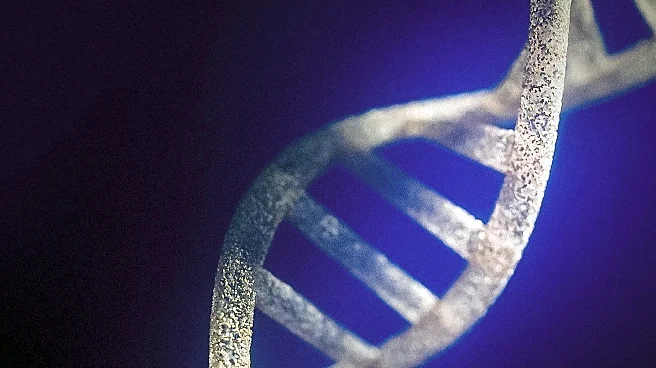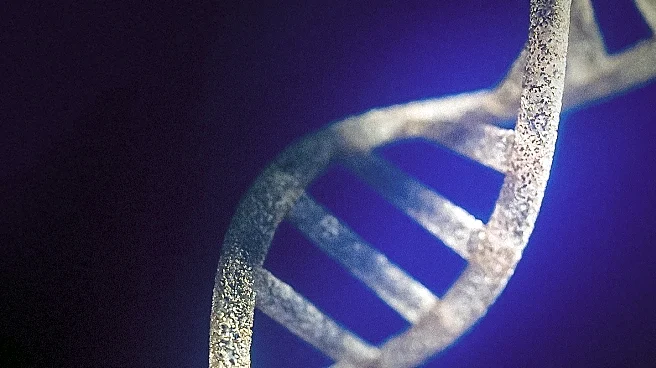What's Happening?
Stealth BioTherapeutics has received FDA approval for its drug elamipretide, now branded as Forzinity, under the accelerated approval pathway. This marks the first FDA-approved treatment targeting mitochondria for Barth syndrome, a rare pediatric mitochondrial disease affecting approximately 150 individuals in the U.S. The approval is limited to patients weighing at least 66 pounds, excluding children under five who are often most severely affected. Stealth's Phase II TAZPOWER trial, which supported the approval, tested the drug in patients aged 12 and older. The company plans to continue providing expanded access to younger children while working with the FDA to expand the drug's indication.
Why It's Important?
The approval of Forzinity is a significant milestone for the Barth syndrome community, offering a new treatment option for a disease with no previously approved therapies. This development could pave the way for expedited regulatory processes for other ultra-rare diseases, potentially benefiting patients with similar conditions. The approval also provides a lifeline for Stealth BioTherapeutics, which faced the possibility of going out of business if the drug was not approved. The decision underscores the FDA's commitment to addressing the needs of patients with ultra-rare diseases, aligning with its new Rare Disease Evidence Principles framework.
What's Next?
Stealth BioTherapeutics will continue to work with the FDA to gather data necessary to expand Forzinity's indication to include younger children. The company is committed to providing access to the drug for those currently receiving it or requiring emergency access. The approval may lead to increased advocacy and research efforts for other ultra-rare diseases, as stakeholders push for similar regulatory attention. The Barth syndrome community and Stealth will likely continue to monitor the drug's impact and advocate for broader access.
Beyond the Headlines
The approval of Forzinity highlights ethical considerations in drug development for ultra-rare diseases, where traditional clinical trial methods may not be feasible. It raises questions about balancing regulatory rigor with the urgent needs of small patient populations. The decision may influence future FDA policies and industry practices regarding accelerated approval pathways and the treatment of rare diseases.










